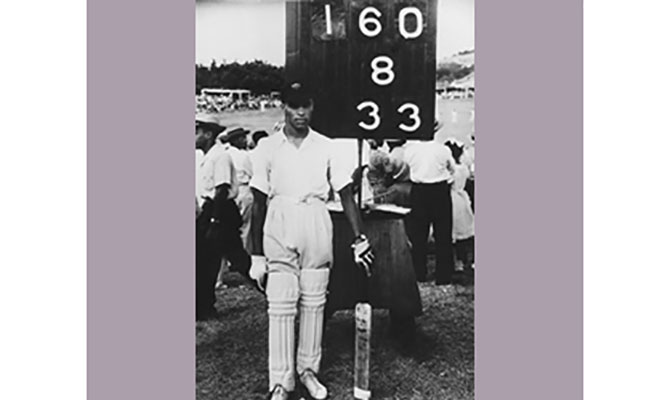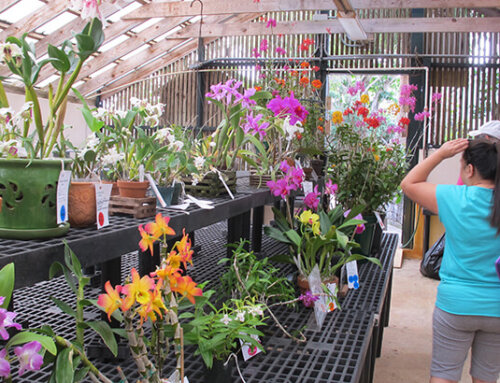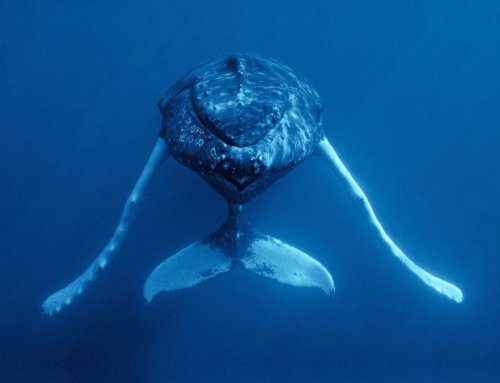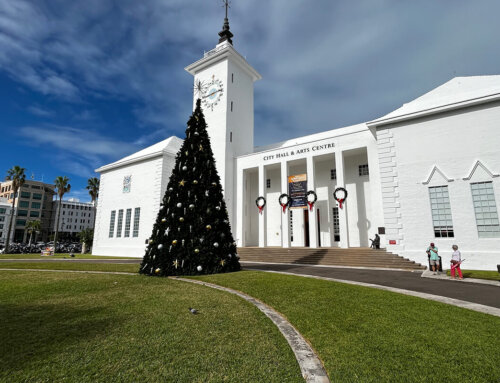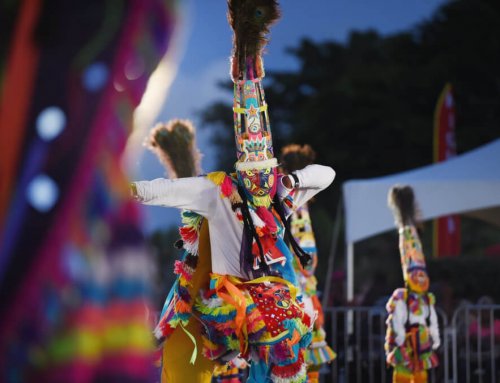Cup Match, a public holiday unique to the island of Bermuda, is a time in which the community enjoys a two day celebration of camping, boating, swimming and most importantly cricket. Every year, before the start of the Cup Match holiday, rival fans can be seen donning their team’s colours – red and navy for Somerset, pale blue and dark blue for St George’s in preparation for the big event. The venue for the game changes yearly as each side takes a turn in hosting Cup Match; this year the honour falls to St. George´s.
The forerunner to Cup Match was introduced after the abolition of slavery in Bermuda. Men from Somerset and St. George’s met in friendly rivalry and held celebrations of Emancipation by holding annual picnics to mark the anniversary of the abolition of slavery. One of the highlights from the picnics was a friendly cricket match played between lodges from the east and west ends of the island. In 1901, during a cricket match between two major Friendly Societies, an agreement was made to play for an annual trophy. Members of the Friendly Societies and Lodges raised funds and in 1902 a silver cup that was played for annually was introduced. Cup Match was officially born.
In 1947 two official national public holidays were introduced and held annually on the Thursday and Friday closest to 1 August. The first holiday, Cup Match, was renamed Emancipation Day in 1999 and continued the tradition of remembering the end of slavery. The second holiday, Somers Day, commemorated the arrival of Admiral Sir George Somers who colonized Bermuda in 1609. The two-day holiday became the annual two days of cricket for the cup – the Bermuda Cup Match.
However, Cup Match is so much more than cricket. Emancipation Day and the emancipation of slavery symbolizes one of the most significant moments in our history. Emancipation Day acknowledges a period in our history that shaped and continues to influence our society today. It is a time for reflection and rejoicing. It is a time for assessment, self-improvement and for planning the future. When the action was determined to abolish the practice of slavery we moved closer to the ideals of bringing our island community together.
The above is an extract from the CURE publication “Emancipation Day – A Day for Reconciliation & Reflection”, courtesy of the Department of Communication and Information.
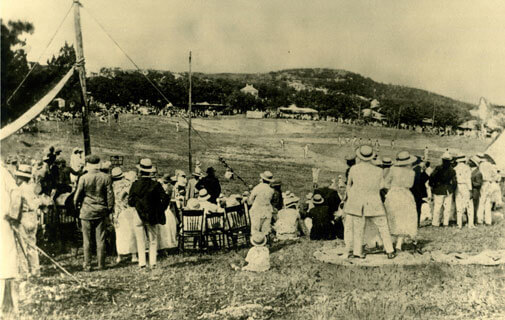
20 Things You Might Not Have Known About Cup Match
The roots of Cup Match lie in the abolition of slavery in Bermuda on August 1, 1834 when men from Somerset and St. George’s met in friendly rivalry to celebrate Emancipation.
In 1901, during a cricket match between the two Friendly Societies, an agreement was made to play for an annual trophy. Members of the Friendly Societies and Lodges raised funds and in 1902 a silver cup that was played for annually was introduced.
The original cup was ordered from England by the Albert Cann of Somerset Cricket Club.
The first official Cup Match took place on June 12, 1902 at the Royal Naval Field – which is directly opposite Somerset Cricket Club.
Initially the games were played at Garrison Field in St George’s and the Royal Naval Field in Somerset.
The inaugural year of Cup Match in 1902 saw three one-day matches played over three months. The first was in Somerset on June 12, the second in St George’s on July 10, and the third in Somerset on August 21.
In the early years of Cup Match the victorious side would retain home advantage the next year. That later changed so that the winning team could only play at home for two years in succession. But today the venues alternate on a yearly basis.
Cup Match was at the Wellington Oval for the first time in 1921, while Somerset Cricket Club hosted its first Cup Match in 1949.
The first Cup Match at Wellington Oval was played on red clay. Cinder replaced the clay in 1923 and concrete replaced the cinder in 1924.
The concrete wicket was covered in coconut matting— which would be laid out at the beginning of play and then staked down to prevent it moving.
Cup Match was first played on a turf wicket in 1971 in Somerset.
Fans were not charged admission to Cup Match until the early 1920s – before then the sporting spectacle had been free to the public—
Walter Darrell, a tailor, selected St George’s colours of blue and blue. They were based on the English universities of Oxford and Cambridge.
Cup Match was first televised in its entirety for free in 2008 . Previously highlights of the game were shown in the morning and evening on ZBM. Prior to that the game has been covered on the radio since the 1950s.
Wicketkeepers Dennis Wainwright and Woodgate Simmons hold the record for most catches in Cup Match. They both pouched 26 victims. Wainwright also represented Bermuda on the football pitch in the 1967 Pan-American Games while Simmons is the oldest living Cup Match player.
Cup Match has played host to a string of imaginatively nicknamed cricketers over the years. Those who have done battle including: Bummy, Bunny, Friday, Dicty, Bunkers, Bo Jangles, Johnny Cake, Poach, Tit, Beaver, War Baby, Boar, Red, Jigger, Champ, Buller, Bosun, Pig’s Ear, Porgy, Shark-Eye, Cocky, Piggy, Tubby, Bubber, Fleas.
The youngest players to have ever played in Cup Match are Tre Govia for St. George’s in 2008, and Joshua Gilbert for Somersetin 2009. Both were aged 15 when they took to the field.
William Bassett of Somerset has the ominous honour of being the first batsmen to get a Cup Match duck in the 1902 game.
When it comes to records St George’s hold all the cards. Charlie Marshall holds the record for the top run scorer while swing bowler, Clarence Parfitt, is the top wicket-taking tree. What’s more Calvin ‘Bummy’ Symonds is the most successful Cup Match captain, The St George’s skipper was unbeaten — winning eight and drawing one — between 1961 and 1969.
The game of Crown and Anchor has its roots in the days when the Royal Navy were based in Bermuda.

